“One Crow for sorrow,
Two Crows for mirth;
Three Crows for a wedding,
Four Crows for a birth;
Five Crows for silver,
Six Crows for gold;
Seven Crows for a secret, not to be told;
Eight Crows for heaven,
Nine Crows for hell;
And ten Crows for the devils own self.”
– The Crow is any of several large black birds belonging to the family of Passerine birds that comprise the genus Corvus, which include: Jays, Magpies, Nutcrackers, Jackdaws and Ravens. They can be found on every continent except South America and Antarctica, but some, especially those found on islands, are endangered and their habits little known. Northern-hemisphere crows are sometimes migratory, but most often they stay resident the year round.
Crows in many respects are very similar to the Raven in appearance, but are smaller and less heavily billed. Like the Ravens, Crows are among the most intelligent and adaptable of birds and several species have been able to thrive near humans. Crows grow to about 50cm (20 inches) long and are commonly coloured a glossy black, they can live up to 13 years in the wild and more than 20 years in captivity. The typical call of Crow is a loud and harsh “caw-caw-caw” or “crah-crah-crah” sound, which is characteristic for each species. Some pet Crows even “speak”, and in laboratory conditions some have learned to count to three or four and find food in boxes marked with symbols.
Crows are gregarious birds and at times roost together in great numbers, when wintering, a single flock can number many thousands. In literary terms, the collective noun for a group of crows is a “murder”, however some people today use the term “horde”
Each mating pair will have its own nest, which is usually built high up in tall trees and made of sticks and twigs. Here the female will lay and incubate three to eight greenish-to-olive eggs, which when hatched, both parents then care for the young.
Crows are omnivorous and will eat grain, berries, insects, vegetable matter, carrion, garbage, small animals, and the eggs and nestlings of other birds. Crows also eat insects, but their habit of eating cultivated grain makes them very unpopular with farmers, and in some agricultural areas Crow is considered a great pest. They have also been known to kill weak lambs (which again doesn’t endear them to farmers), as well as feeding on corpses killed by Wolves or other means. Crows feed mainly on the ground, where they can be seen regally waddling about in a sedate manner.
Crows are territorial in the breeding season, and will gather together to mob owls and other predators, but due to their habit of raiding other bird’s nests, they in turn are often attacked. Their natural enemies are birds of prey, Hawks and Falcons, which soar high in the sky above the trees. They hunt mainly on bright sunny days when contrast between light and shadow is greatest. Crows take advantage of this by maneuvering themselves through the dappled shades of the trees, where their black color renders them invisible to their enemies above, and use this to set up complex ambush attacks. This is were Crow differs most from Raven, who tends to soar high in the air much as birds of prey do.
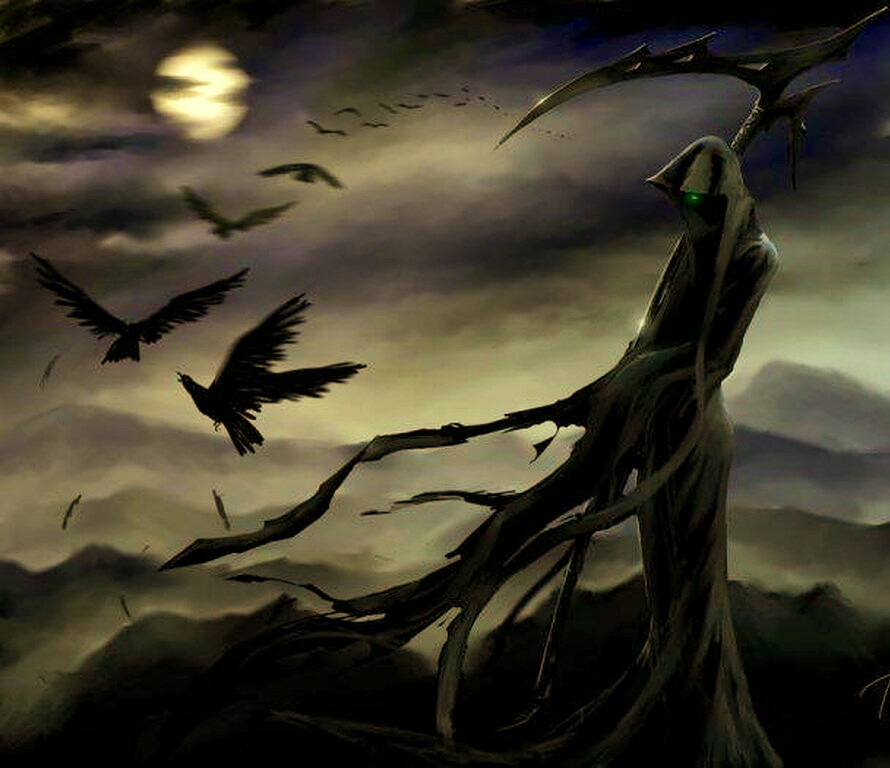
Owls and Crows are basically arch-enemies. Since Owls hunt and are more active at night, Crows will often mob Owls much more fiercely when they find them in daylight, more so than other predatory birds. Frequently Crows will appear to “play” with Hawks and Falcons, while escorting them out of their territory. Their attacks on Owls however, possess a definite intent to do harm and/or kill.
In the U.S. it is legal to hunt Crows in most states, where the “Crow hunting season” is usually from around August to the end of March. Crows can also be hunted outside the open season, if in compliance with federal regulations, they are deemed to be causing a nuisance or creating a health hazard. In the United Kingdom it is illegal to kill or take Crows from the wild, and in Australia it is illegal to kill any native birds.
Mythology – In many mythologies because of their similarities, Crow and Raven are often mixed up, and in the telling of their myths and legends; one frequently takes the place of the other. Like the Raven, Crow was considered a messenger of the gods, and is associated with the Sun, weather, longevity, beginnings, bad luck and death. Crow is also associated with the visible and invisible worlds, and was considered a bird of omen and prophecy. Because of his intelligence and cunning, Crow was also seen as a trickster, and many believed that fairies turned into Crows in order to cause mischief.
In Egypt, two crows, like two doves, is an emblem of monogamy. Among the ancients Celts, a white Crow was associated with the heroine Branwen, while her brother Bran was associated with Raven. Crow also features in Native American mythology; among the Chipewayan people of eastern Canada he is considered a trickster, while the Navaho refer to missionaries as Crows, because of their black robes.
In Greek and Roman mythologies, Crow is associated with the gods Saturn, Cronus and Athena, the goddess of wisdom, victory and the arts. When a Crow gave Athena some bad news, she flew into a rage and cursed his feathers to be black forever. Similar to that is a story of how Apollo turned white Raven into black Raven for being the bearer of bad news, while another story tells how Apollo did the same to Crow after the birth of Hermes.
Hermes was a child of Zeus, father of the Olympian gods, and Maia a daughter of Atlas who holds up the earth. As well as being the messenger of the god’s, Hermes was also a dangerous foe, trickster and a thief, who from the day he was born was the source of much mischief. On the day of his birth, Hermes stole a herd of prized cows from his brother, the sun god Apollo, and obscured their trail by making the herd walk backward.
The next day when Apollo found his herd of cows gone, he asked his white Crows who had stolen them. The Crows replied: “It was the twelfth god of Olympus, only a day old, who spirited your herd away”. This made Apollo very angry “You lying birds” he cried, “there are only eleven gods of Olympus, and I will punish you for your lies”. So he turned the Crows black. When Apollo went in search of the cows, he came upon a cave where Maia sat with the baby Hermes on her lap. He was playing a lyre he had just invented and made from the shell of a turtle. Apollo asked Maia “Who is this child, so clever as to make such a marvellous thing at such a young age”?
“This is Hermes, your new brother and the twelfth Olympian”, she replied. It was then Apollo realised that the Crows had told the truth. He pointed an accusing finger at the baby Hermes and said, “So you stole my prized herd of cows, you must give them back immediately”. Hermes answered in a soothing voice “but I cannot dear brother, I have already made a feast of them, but come and eat with me and we’ll discuss things”. So Apollo ate with Hermes who in order to make amends gave Apollo the lyre and taught him to play it expertly. As for the Crows, they remained black forever.
In Irish Celtic mythology, Crow is associated with Morrigán, one of a group of three war goddesses who had the ability to shape change. Together with her two sisters Badb and Macha, Morrigán would turn herself into a Crow and perch on the top of houses to “caw” out her prophecies of war. She would often appear to warriors who were about to be killed, and later feed on the bodies of the slain after battles.
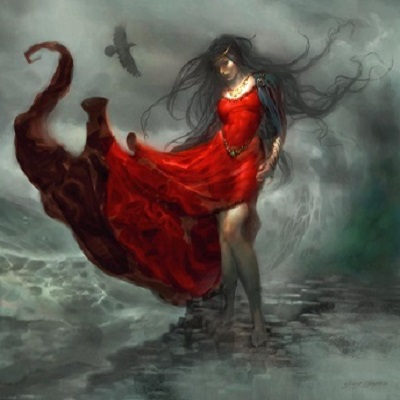
In Greek mythology, Apollo sent a crow to fetch a cup of water. Crow however, got distracted eating figs and after much delay, finally remembered his mission. Rightly figuring that Apollo would be angry, Crow plucked a snake from the water and concocted a story about how it had attacked and delayed him. Apollo was not fooled and angrily flung all three into the sky, placing the Crow and cup on the snake’s back. Then the god ordered Hydra to never let the crow drink from the cup. As a further punishment, he ordered that the Crow should never sing again, only croak and caw.
Crows are believed to have long lives, in his Metamorphoses Ovid speaks of the witch Medea injecting the veins of the elderly Jason with the blood of a Crow that had outlived nine generations of men. In Wales it was a common custom to doff one’s hat at the sight of a Crow, and in Scotland, witches were said to transform themselves into Crows. Crows are believed to possess the power of divination; their “caws” were oracles, thought to be warnings or directives.
In Buddhism, Avalokiteśvara is the earthly manifestation of the self-born eternal Buddha Amitābha, who guarded the world in the interval between the departure of the historical Gautama Buddha and the appearance of the future Maitreya Buddha. Amitābha is often closely associated with the crow because it is said that when the first Dalai Lama was born, robbers attacked their family home. His parents fled the house in fear, and in their haste left the Dalai Lama “home alone”. When they returned the next morning expecting the worst, they found their home untouched and a pair of Crows caring for the new born Dalai Lama. It is believed that Crows heralded the birth of the First, Seventh, Eighth, Twelfth and Fourteenth Dalai Lamas, the latter currently being Tenzin Gyatso.
Crow Totem Spirit and Medicine – For more in-depth knowledge of the differences, a study of Raven would be beneficial to anyone with Crow as their Totem or Spirit Guide, and vice-versa.
If Crow has called on you, you may soon find the following show up in your life: A call to magick, a better understanding of the creative forces within and without, a greater nudging to speak your truth, and the courage and cunning to fly into the Void in order to retrieve the necessary knowledge and wisdom to manifest all of the above and more.
When Crow comes into your life, you can also expect to gain a better self-understanding, greater intuitive reflexes, guidance while shapeshifting through the shadows, and the opportunity to learn about the advantages of determination and watchfulness. Extremely intelligent (along with ravens, crows are noted as being the most intelligent of all birds), the crow will work diligently at manipulating an object or their surroundings until they have accomplished what they’ve set out to do. Like the raven, they are known to use physical tools along with ingenious methods of action that are noted as being well thought out and even planned. For those with Crow Totem, all these mental capacities and skilful manoeuvres reflect a need to use one’s inner senses and outer resources to their fullest.
A crow will build its nest up higher than most other birds do, and they do this for several reasons. The most important are for safety and to secure a wider visual range. A ship’s highest lookout point (a small circular balcony surrounding a tall mast) is called a “Crow’s Nest” for obvious good reason. Those working with Crow medicine will find it advantageous to work on broadening their horizons, along with anticipating and being on the lookout for new opportunities that are sure to come when under Crow’s tutelage. The crow has often been nicknamed “The Sentinel,” as one will often sit and watch and remain aware of all that is going on around them in order to protect other crows in the flock (technically called a “murder”) and to make sure no harm comes to their family. One can learn a lot in this respect, and Crow will teach you how better to do the same. From this higher perspective and this watchful awareness, your perception increases and you are able to foresee what is in the offing, thus giving you greater opportunity to be prepared for and/or embrace what is coming your way.
Crow, unlike the raven, does not mind living in populated areas. They are apt to cohabitate with humans and often live near or around them, as opposed to the raven’s deep forest preference. In fact, it is very easy to befriend a crow. Some people have even been known to keep them as pets. A crow very easily bonds and is imprinted with the image and mannerisms of its keeper and will remain faithful and trusting throughout their relationship if well cared for. This shows the bird’s willingness to work with humans, and also gives insight into their teachings of being strongly connected to kin…of recognizing family, even if through past lives shared… and of honouring the spirit of their kin and never forgetting them. Past life regression becomes easier when working with Crow Spirit. And through their prompting, acknowledgment and veneration of one’s ancestors is brought to the forefront of your memory.
Crow’s character is one of protector, scholar, messenger, and a bit of trickster. They can be very playful, quite amorous, and very wilful…almost downright cocky, actually. And akin to ravens, crows like to talk. Most people find their vocals brassy and annoying, but one with Crow Totem will find them quite soothing, peaceful to the soul, and even joyful and interesting to listen to.
Learning to listen to the various tones, inflections and repetitive but varied patterns of the crow’s voice can teach you such things as how to work cooperatively, how to discern the truth behind another’s words, how to read between the lines, and even how to predict the weather, be alerted to the sudden appearance of a predator, or how to navigate life successfully. But even through all of Crow’s love of talk, they will also teach you the very opposite…how to stay advantageously silent when necessary. The Four Cornerstones of Magick (the Witch’s Pyramid) is in no way foreign to Crow.
Omnivorous and apt to eat most anything available, Crow shows you how to maintain a keen sense of personal survival and how to have an “appetite” for a wide and diverse store of knowledge that you will “eat”…take inside, digest, and either be nourished by or spit out. How to use that nourishing knowledge can often be learned by watching the movements and antics of the crow – how they interact, why they interact, and when and with whom they interact. When you learn how to use wisely the vast array of knowledge they offer you, it then becomes wisdom. Raven medicine is more apt to delve more deeply into this conversion of knowledge to wisdom, but Crow will always, at the very least, open the door and offer you the way.
Aside from merely observing crows in the wild, you can work with the quintessence of Crow in the Spirit world. Here, Crow’s own wisdom, offered to you very often in a knowledgeable message form but also in connective experience, is invaluable. They possess the ability to peer into all realms, to coexist in the world of timelessness, and they are very likely to delve into the depths of hidden and obscure knowledge and emerge with a message. It’s a bit of a wild ride when working with Crow medicine, as they can take you high aloft to towering realms where the essence of magick may manifest but has yet to fully form, and in the next minute take you perilously deep down into the depths of your psyche, where they almost impatiently will expect you to simultaneously pull forth and examine the message they’ve delivered from both. In working with Crow, I’ve found it best to mimic them by staying open and courageous and willing to receive. I’ve also found they will scoff at you if you do not heed their messages.
Yes, Crow is the epitome of all messengers. Some older superstitions carry the belief that the visit and call of the crow is an omen of impending death, but this was probably adopted in thought as a result of a series of ancient myths – one being where Crow delivered unwelcome news to Apollo, who in turn smote the then pure white messenger by turning him and all his brethren to the colour black. In going from white to black, Crow was actually given the gift of now knowing both of these realms very well – wherein the past, present and future are frequently visited by this most magickal and mystical bird. Being well-known for their methodical and meticulous explorations and their curious and brazen dispositions, Crow Spirit delves deeply into the Void in order to bring word of what may be in need of a better balance in your life. Like their kindred, the Raven, Crow’s colour even reminds us that things are never just black and white. Within their present black colour lie all the other colours of the spectrum pulled within – as within one’s self lie all the secrets of magick. Black is the colour associated with creation. It is the Void in which all new things are birthed. It is pure potential awaiting the spark of thought. Those with Crow Totem will find themselves pushed to seek out and bring back harmony, balance and justice to their world, and will be urged to unleash their unlimited creativity. In the act of creation, though, some outdated habits and things that are no longer useful are apt to demand change and transformation. Crow medicine very often heralds change through the aspects of death and rebirth. Crow is the Totem of Destiny.
As leaders and messengers in the world of Totems, you can expect Crow to lead you to magick at every step. With Crow being my own Life Totem, I’ve had them literally physically lead me to things of importance in terms of my enlightenment, and other times merely to a place or thing just for the sheer pleasure of viewing it. In fact, I use them as guides quite frequently. When travelling, I am very apt to see Crows along the way. In fact, I worry if I don’t. Whenever I do see a Crow while walking or driving, I can usually expect something exciting to appear just around the bend. Just as they are known for being attracted to bright and shiny objects (which they will often steal and stash away for their own enjoyment), they tend to lead you to them too, both literally and metaphorically. It’s not unlikely that you’ll find something awe-inspiring – something that brings bright spiritual light and shining resonance to your life – immediately after spotting a Crow. They also very noticeably show up at particular times where I’ve been able to relate it to my own action and whereabouts, in the sense that they let me know I am in the right place at the right time. Crow’s attraction to the bright and shiny can help you learn to value the light in yourself and in others.
In all these things and much more, Crow is an extraordinarily gifted teacher and guide.
******Ravens******
Many thanks to:
Animal-Speak (The Spiritual & Magical Powers of Creatures Great & Small) – By Ted Andrews. Patricia Jean Martin, George Knowles, and MysticMoonCrow
********
#Flipboard #Magazine
#FeedYourHead – http://flip.it/ni5Zi ;
#Animalist – http://flip.it/tImS7
@Overkill_MSA
#Flipboard #Magazine – http://flip.it/9AQhr
https://www.facebook.com/MindSpaceApocalypse



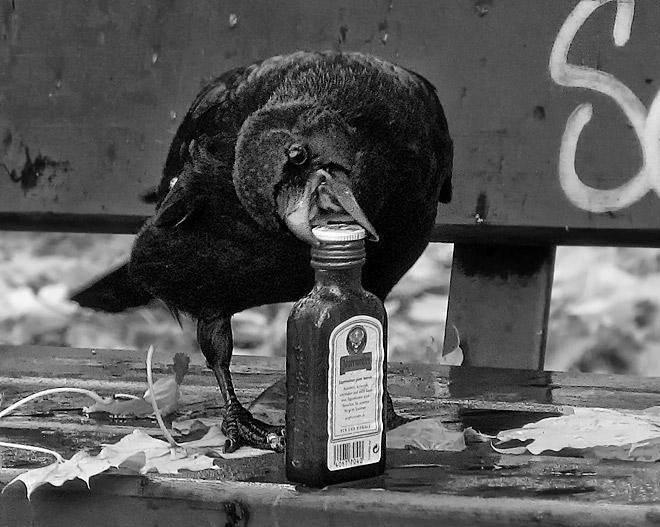
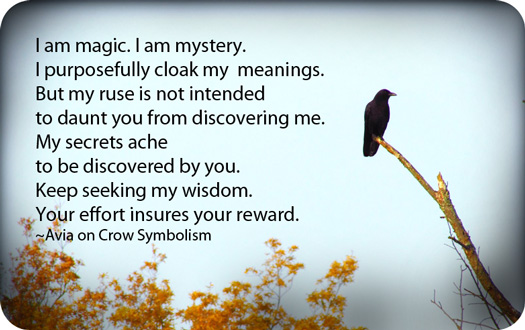
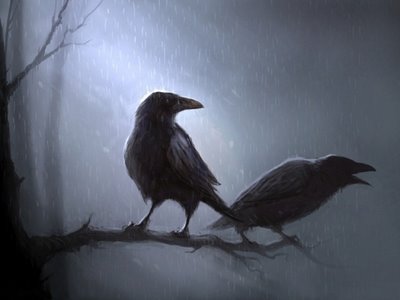
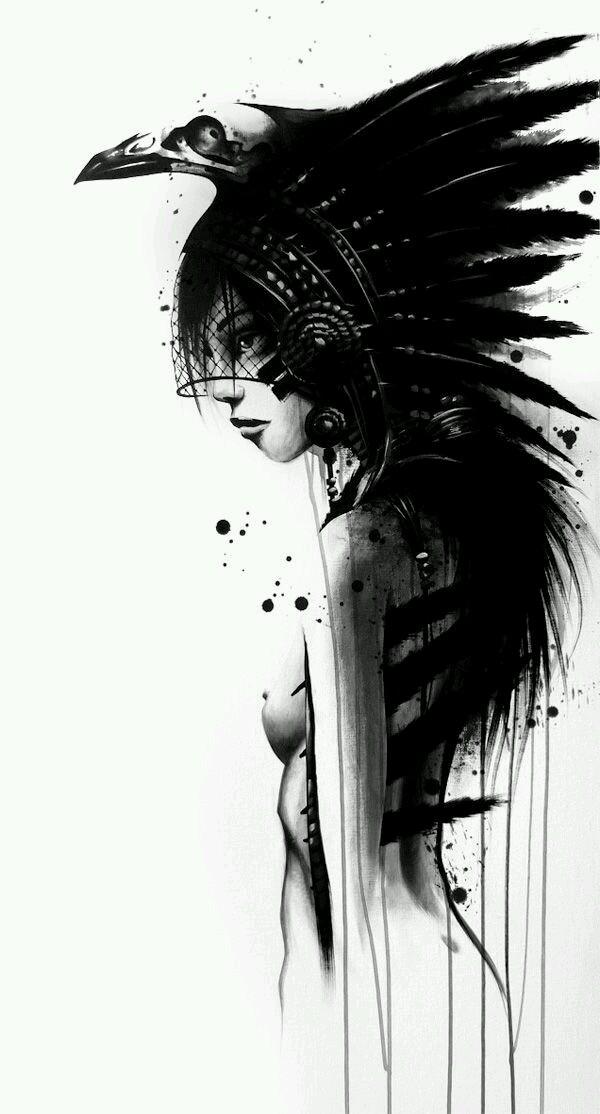
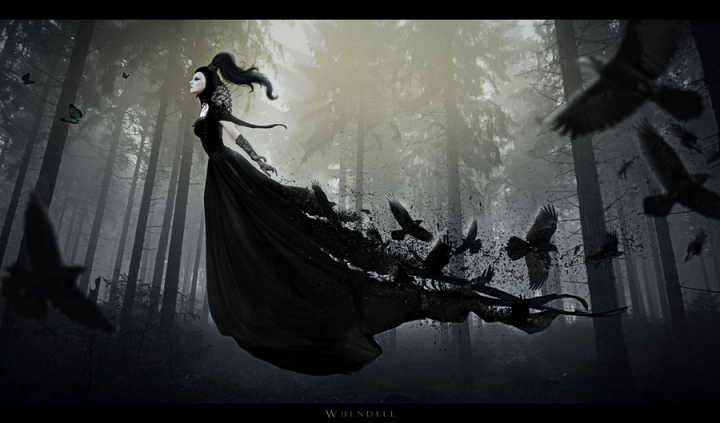
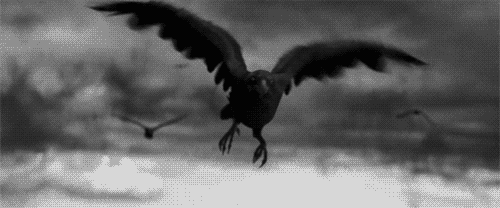
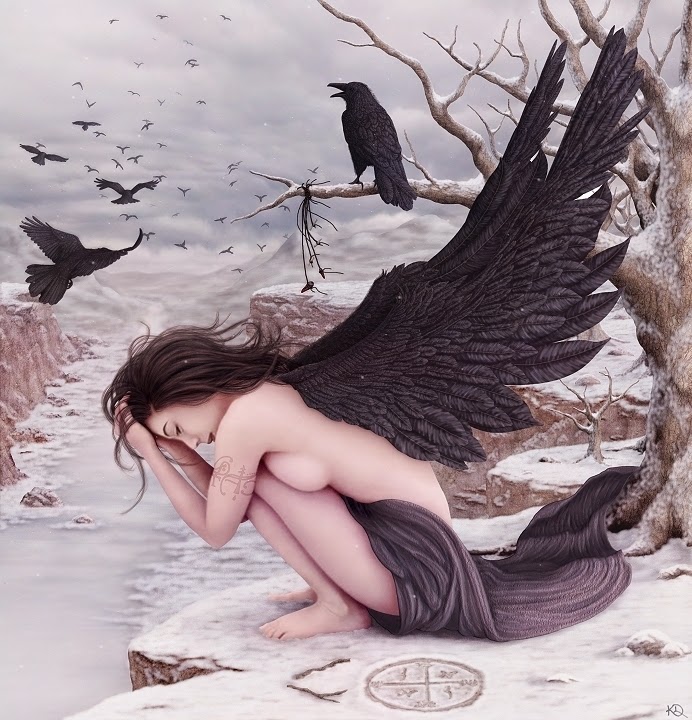
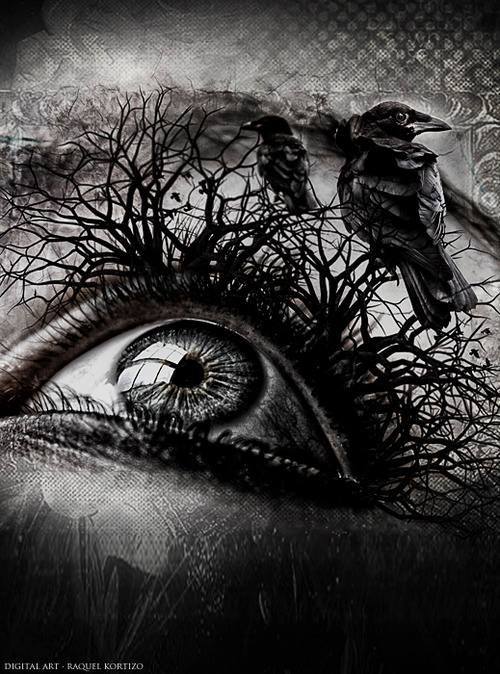
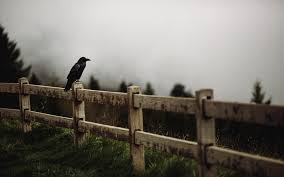
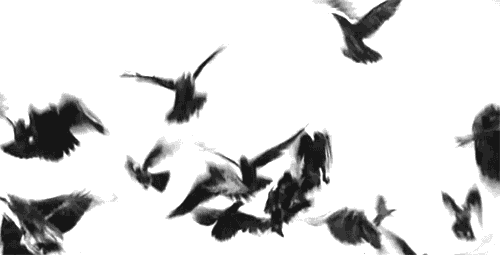

Reblogged this on Exploring My Heritage, and Me.
LikeLike